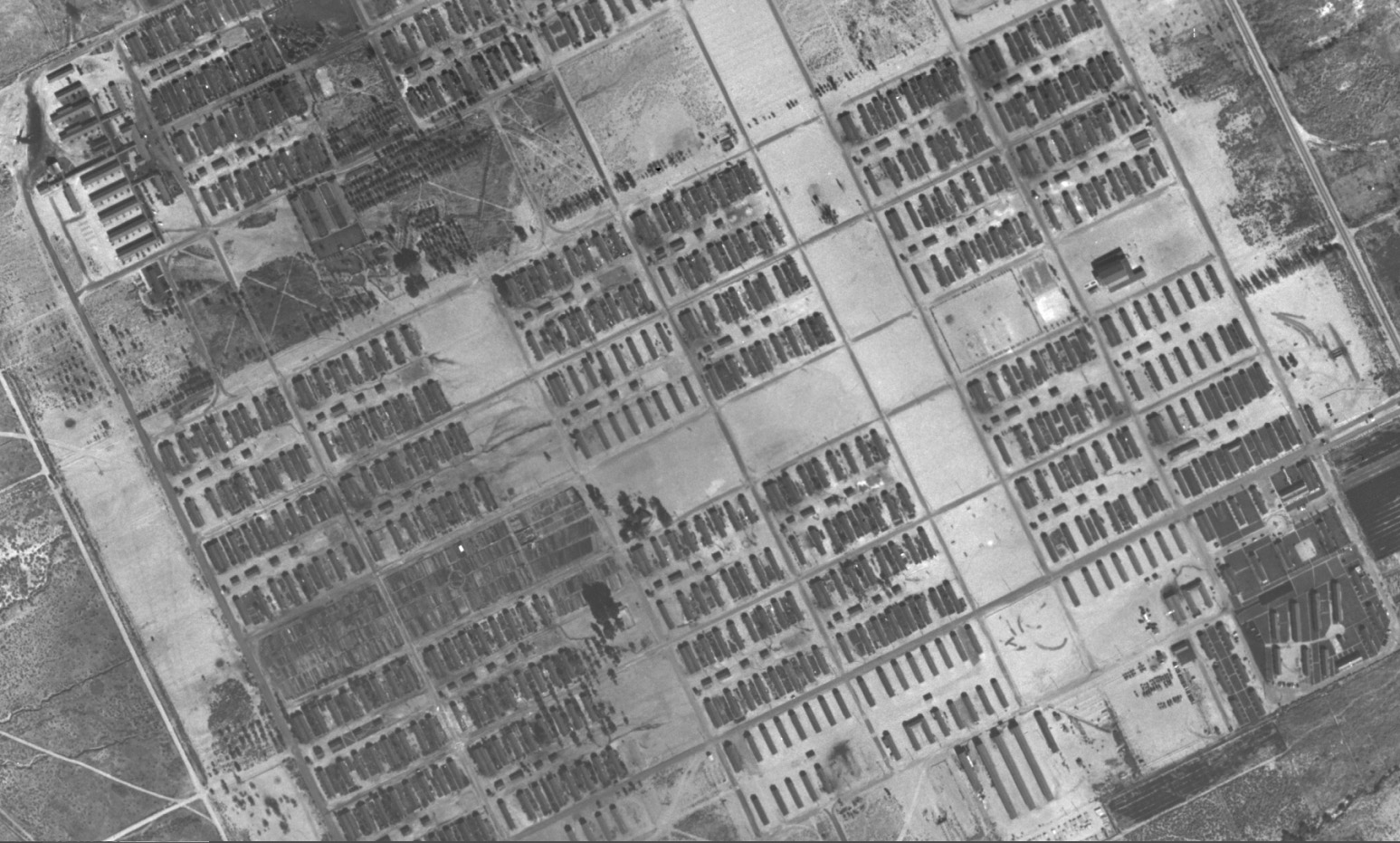|
|
62. Suddenly Searchlights
The 1930s are generally remembered as a grim time of unemployment, bread lines and soup kitchens, but the Great Depression did not hit the Upper Santa Clara as hard as it did most of the nation.
Certainly there were pockets of hunger and poverty, but the people took care of their own through personal generosity or the "community chest."
It was during this time that there was a second gold rush, which kept local farmers supplying food and merchants dusting off rusty pans. Men flocked from all over Southern California, churning the spent gravel of ancient placer diggings. The work was back-breaking but rewarding. Anywhere from one to six dollars a day could be gleaned from Placerita, Piru and Soledad canyons.
In 1933, Highway 99 was carved through the canyons, bypassing the already-antiquated, eighteen-year-old Ridge Route. Tip's Restaurant, established in 1925 at Castaic Junction, did a booming business, providing sustenance to weary motorists.
Under the administration of Franklin D. Roosevelt, the Civilian Conservation Corps (CCC) came into being, employing young men between the ages of eighteen and twenty-five in a variety of public works programs. Camps were established near Oak Flat, and in Elizabeth, Bouquet and Soledad canyons. For thirty dollars a month they built highways, fought forest fires and, in 1936, erected the Spanish Riviera-style Saugus Elementary School.
All of this progress and domestic tranquility was shattered one crystal-clear Sunday afternoon. Most residents were just sitting down to dinner when voices crackled over the Atwater-Kent or Console Zenith. It was unbelievable. The Japanese had bombed a place called Pearl Harbor.
"Yesterday, December 7, 1941, a day that will live in infamy, the forces of the Japanese empire suddenly and deliberately attacked our principal naval base on the island of Oahu in the Hawaiian chain."
Monday morning, at the request of President Roosevelt, the U.S. Congress declared war on Japan.
Suddenly searchlights pierced the night sky from surrounding mountain tops. The National Guard camped at Newhall School, while eighteen air-raid zone wardens met to draw up plans for evacuation and civil defense. As Christmas approached, parties were given for servicemen by William S. Hart at the French Village, Ernie Hickson at the Monogram Ranch, and Harry Carey at his Trading Post. Carey gave everyone a carton of cigarettes — whether they smoked or not.

Manzanar internment camp, October 1944. Click to enlarge. Aerial photography (composite) by Fairchild Aerial Surveys, October 13-19, 1944. Commissioned by L.A. Department of Water and Power. | Full View | Archival Scan |The first local casualty was Sergeant Vern Ferguson of Castaic, killed in the Philippines on Christmas Eve. Roland Reidel and Olin Skirvin were captured on Wake Island.
During March 1942, a sad column of 148 cars and buses chugged up Mint Canyon under a close military guard. These were the first Japanese-Americans on their way to internment at Manzanar "for the duration."
The old Halifax Powder Company was purchased by Bermite, which moved in with a large government munitions contract. By July 16, 1943, three hundred people were employed there. Most had to be brought to the Santa Clarita Valley from outside. They were housed in cottages in Newhall that rented for thirty-six dollars a month, with an option to buy.
Amid paper and soap drives and gas and food rationing, residents learned that a fighting ship was to be named for their leading community. It was not a great battlewagon, but a 16,500-ton oil tanker.
Nearly seventy years before, Sarah B. Gifford had come to live in a boxcar as the wife of the first railroad agent in Newhall. Now, at 4 p.m. December 5, 1944, she christened the USS Newhall Hills in the Sausalito yards of the Marinship Corporation.
A few months later a torpedo sent the "Newhall Hills" to the bottom of the Micronesian ocean.
©1998, SANTA CLARITA VALLEY HISTORICAL SOCIETY · RIGHTS RESERVED.
The site owner makes no assertions as to ownership of any original copyrights to digitized images. However, these images are intended for Personal or Research use only. Any other kind of use, including but not limited to commercial or scholarly publication in any medium or format, public exhibition, or use online or in a web site, may be subject to additional restrictions including but not limited to the copyrights held by parties other than the site owner. USERS ARE SOLELY RESPONSIBLE for determining the existence of such rights and for obtaining any permissions and/or paying associated fees necessary for the proposed use.